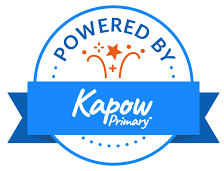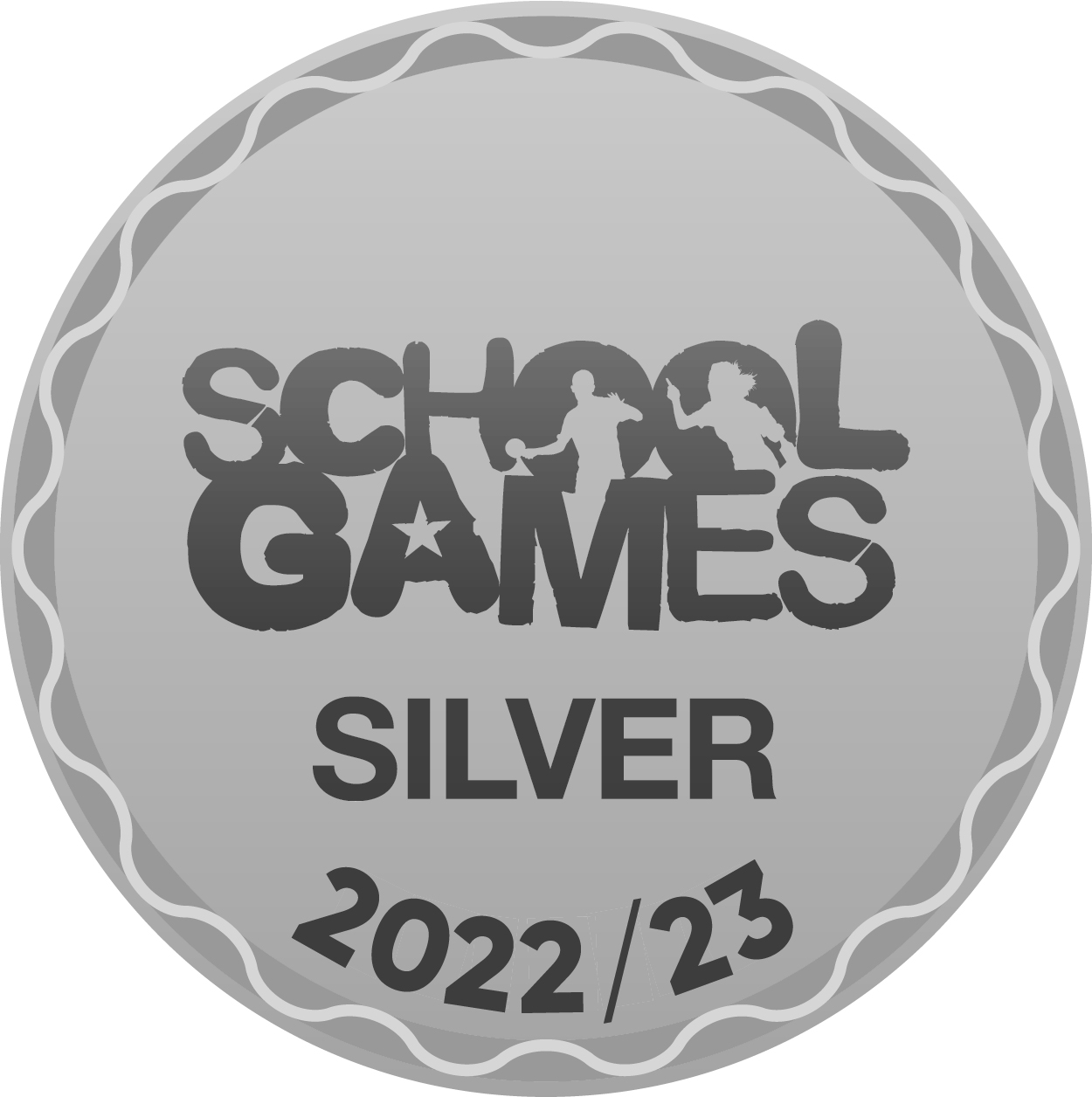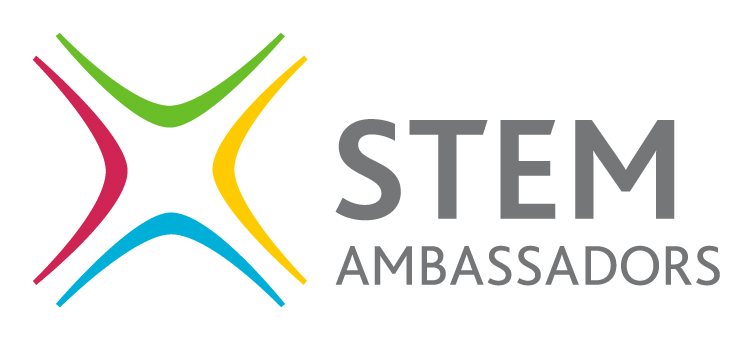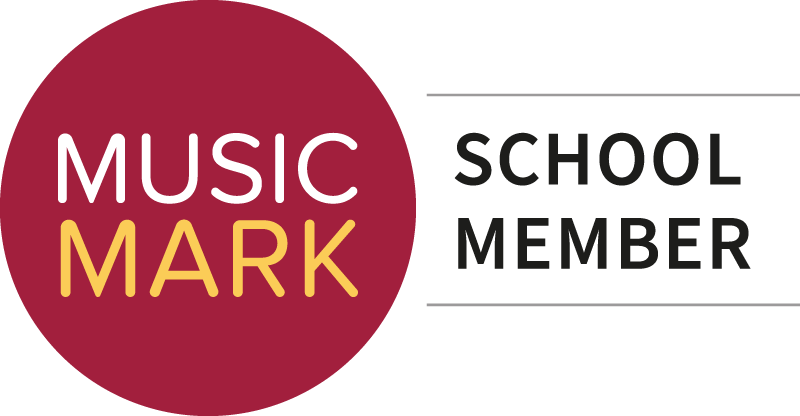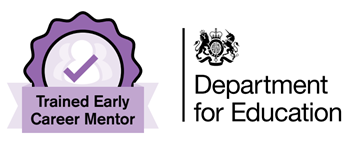Maths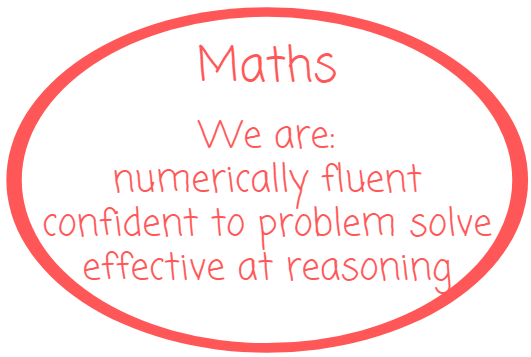
Intent
Our Intent for Maths at Swaffield is that every child, regardless of background and starting point, can have a rich, meaningful and successful mathematics education where they develop their reasoning, fluency and problem solving to become confident, competent and able mathematicians.
We are:
• Numerically fluent
We aim to develop students’ ability to confidently and accurately perform calculations efficiently, by appropriately selecting mental or written methods, ensuring they are fluent in the key mathematical concepts and operations needed for success in mathematics and beyond.
• Confident to problem solve
We want our students to approach mathematical problems with a positive mindset, using a range of strategies to find solutions. They will be encouraged to persist through challenges, think critically, and apply their knowledge in different contexts.
• Effective at reasoning
Our goal is for students to not only find answers but to understand and explain the reasoning behind their solutions. They will be encouraged to make connections between concepts, justify their thinking, and engage in discussions that deepen their understanding of mathematics.
Visit our Curriculum page which gives details of Swaffield's 2024/2025 curriculum for each year group.
Implementation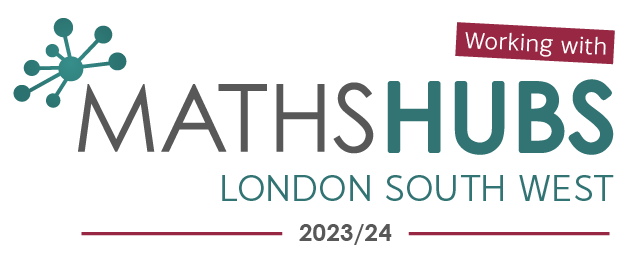
Maths is taught at Swaffield School using the ‘Teaching for Mastery’ approach. Lessons are planned in a way that all children are able to make progress from their own individual starting points and small steps in teaching ensure no one is left behind.
The children are challenged to think deeper about their learning and use the correct mathematical vocabulary to explain their ideas and understanding.
We want children to leave Swaffield School with a love of maths; the small steps in their learning is helping us to achieve this as children feel confident to approach new concepts and make connections.
Year Group Curriculum Maps:
maths year group curriculum maps.pdf
Impact
By the end of Reception, we want them to:
- Recall number facts rapidly.
- Be able to recognise a group of objects without counting)
- Counting, number bonds to 10 (e.g. 1+9=10), times table facts and beyond.
By the end of KS1:
- Year 1, pupils will have been taught their number bonds to 10 and should be able to recall them fluently and
then apply that to be able to add and subtract within 20.
- They will have developed an understanding of addition and subtraction being inverse operations and that addition is commutative but subtraction is not.
- The children should also be able to double numbers up to 10 and halve even numbers up to twenty.
- Year 2 pupils, will continue to practice and secure these skills as they move on to calculating with larger
numbers (2 digit + 2 digit) using different strategies to help.
By the end of KS2:
- Children are expected to rapidly add and subtract 1 digit numbers from any 2 digit number and have
strategies in place to add or subtract 2 digit numbers fluently.
- By the end of Year 4 the children are expected to know the times tables up to 12 x 12.
The tables are taught in this order:
x 10, x 5
x 2, x 4, x 8
x 3, x 6
x 9
x 7
x 11, x 12
All Year 4 children will complete the MTC during the summer term.
By the end of Year 6 pupils will:
- Use appropriate representations to show the structure of numbers
- Looking for patterns and relationships, making connections, conjecturing, reasoning, and generalizing.
- Have the flexibility to move between different contexts and representations of mathematics, to recognise
relationships and make connections.
- Meet the end of key stage expectations outlined in the National curriculum for Maths.
How can I help my child at home?
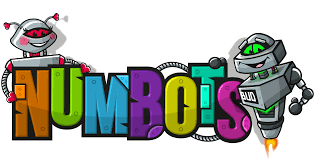 Numbots:
Numbots:
The children in KS1 and Reception have a log in for this. They can log in and practice everything from subitising up to addition and subtraction of two digit numbers.
https://play.numbots.com/?#/game/game-mode
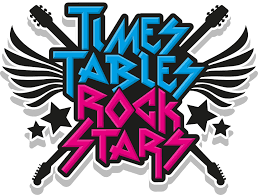 Times Table Rockstars:
Times Table Rockstars:
The children can play games practising their times tables. All children are given a login in school.
https://play.ttrockstars.com/auth/school/student/18545
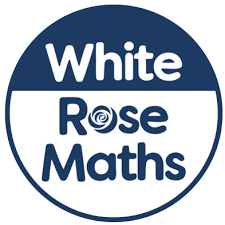 White Rose 1 minute maths app:
White Rose 1 minute maths app:
https://whiterosemaths.com/1-minute-maths
Excellent for practising rapid recall of number facts starting with subitising within 5 (EY’s) and progresses through the skills up to multiplying and dividing by 10, 5 and 2 (Yr 2). Children across the school can benefit from this app, depending on where they are with their learning.



